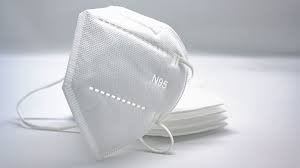An abundance of proof has shown that wearing a facial covering keeps individuals from spreading the infection that prompts COVID, SARS-CoV-2, to other people and from becoming debilitated themselves. Be that as it may, there has been less direction from general wellbeing authorities on what sort of covers give the best insurance. Almost immediately in the pandemic, the U.S. Communities for Disease Control and Prevention and the World Health Organization told the public not to wear N95 respirators, a sort of veil that is produced using cutting edge engineered strands and gives an elevated degree of assurance against infection loaded airborne particles called sprayers. That was on the grounds that there was then a deficiency of such veils — and medical care laborers frantically n95 mask required them. Simultaneously, the two offices said there was little gamble of spray transmission of SARS-CoV-2. They suggested material veils or other custom made masks that can stop some generally huge infection conveying beads even as plainly SARS-CoV-2 normally spreads through vapor sprayers — and as the stock of better-quality veils expanded.

There is presently a cornucopia of high-filtration respirator-style veils available, including N95s, Chinese-made KN95s and South Korean-made KF94s. They have been broadly accessible and somewhat reasonable for quite a long time and give preferred insurance over material or careful veils. However it was only after September 10 that the CDC at long last refreshed its direction to say the overall population could wear N95s and other clinical grade covers now that they are in adequate inventory.